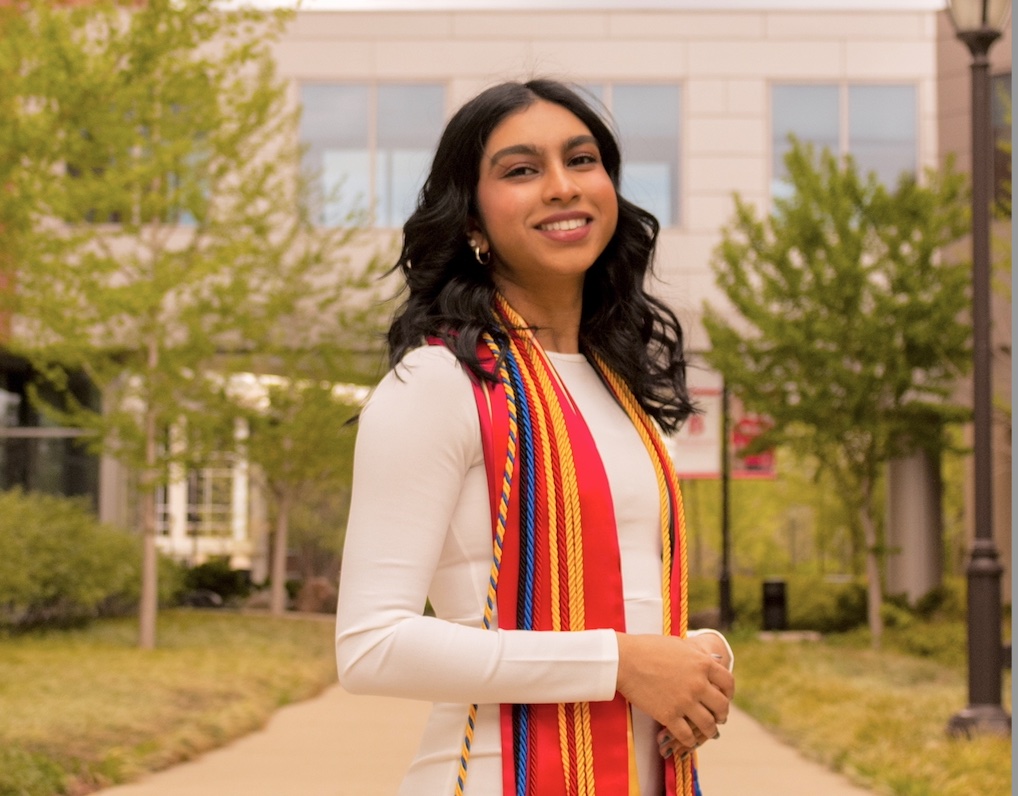Heart disease is the leading cause of death worldwide. But for those of us from South Asian backgrounds—families with roots in India, Pakistan, Bangladesh, Sri Lanka, Nepal, Bhutan, and the Maldives—it hits especially close to home. Although making up roughly a quarter of the global population, South Asians account for up to 60 per cent of the world’s heart disease cases. That staggering number isn’t just a statistic—it’s personal. It’s our parents, grandparents, uncles, aunts, and friends.
In our community, heart disease tends to appear earlier, progress faster, and be deadlier than in other populations. And for far too long, our unique risks have been misunderstood—or overlooked entirely.

Why South Asians Are More at Risk
Research shows that South Asians are more likely to develop heart disease at younger ages and with greater severity. What makes this particularly concerning is that it can affect individuals who appear healthy. Even those with a normal weight may carry high levels of visceral fat—the fat that surrounds internal organs—which poses a far greater risk than visible fat under the skin (skeletal fat).
South Asians also tend to have narrower coronary arteries, which increases the risk of blockages and heart attacks—even when traditional risk markers seem low. Genetics, lifestyle, and structural anatomy combine create a perfect storm for cardiovascular complications, often without obvious warning signs.
The Overlap With Diabetes and Metabolic Syndrome
Findings from the MASALA Study, a long-running research effort focused on South Asians in the U.S., reveal troubling patterns. Diabetes and prediabetes are significantly more prevalent in our community—even among those who appear outwardly healthy. Many are also at risk of developing metabolic syndrome, a cluster of conditions that includes high blood pressure, elevated blood sugar, and abnormal cholesterol levels.
Another lesser-known risk factor is lipoprotein(a), a cholesterol particle often elevated in South Asians and has been linked to a higher risk of cardiovascular disease. Together, these factors mean that even young, seemingly healthy individuals may face a hidden risk.
Why Our Community Has Been Overlooked
Historically, South Asians have been underrepresented in medical research. For years, we were grouped with East Asians in health studies—despite having distinct physiological and risk profiles. This broad categorization delayed critical discoveries and led to the development of treatment guidelines that weren’t designed with our population in mind.
Fortunately, this is beginning to change. In recent years, researchers have started to recognize the unique health challenges South Asians face, leading to more inclusive and targeted approaches to care.

The Role of Culture, Lifestyle, and Environment
Our increased risk isn’t just biological—culture plays a major role too.
Traditional South Asian diets, while rich in flavor and history, often contain practices that can be harmful if not balanced. For instance, reusing cooking oil, a common and frugal practice passed down through generations, has been shown to raise cholesterol and oxidative stress. High consumption of refined carbohydrates, saturated fats, and limited physical activity only compound these risks.
Additionally, the demands of urban living, long working hours, and limited access to preventive care increase vulnerability. In South Asia, air pollution is now recognized as a major contributor to cardiovascular disease, responsible for up to 40 per cent of heart-related deaths in some regions.
A New Kind of Advocacy: The Story of SAHHI
That’s where the South Asian Heart Health Initiative (SAHHI) steps in.
SAHHI isn’t just another health organization—we are a grassroots movement committed to preserving culture while building heart-healthy habits. We believe our community shouldn’t have to choose between honoring tradition and protecting their health. Our goal is to offer practical, culturally grounded education that meets people where they are.
We go beyond generic advice. We explain why visceral fat—not visible fat—is especially dangerous for South Asians. We raise awareness about narrower coronary arteries, and we talk openly about how common practices, like reusing cooking oil, may be unintentionally harming heart health.
While SAHHI serves all ages, our core focus is high school and college-aged South Asians. These years are pivotal for forming lifelong habits. Young people are not only making health decisions for themselves—they’re also influencing their families. By empowering them early, we’re helping prevent disease and creating a ripple effect of awareness through generations.

Founded by me, Hiba Siddiqui, a cancer researcher and health advocate, SAHHI emerged from personal experience and professional insight. After witnessing the toll heart disease took on loved ones—and recognizing the lack of culturally relevant education—I felt called to take action.
I’m grateful to work alongside my co-founder, Sahini Ramineni, an aspiring pediatric mental health specialist whose background in youth wellness and mental health has helped us take a more holistic, empathetic approach. Sahini’s vision ensures that SAHHI addresses not only physical health, but emotional well-being, too—especially in a community where mental health is often stigmatized or overlooked.
Together, we’ve led interactive workshops, developed student chapters at Benedictine University and UIUC, and hosted heart health galas that bring education and community celebration together. Internationally, we’ve partnered with GirlUp chapters across Delhi, India to lead webinars on heart health for South Asian girls and young women. Currently, we’re preparing for our SAHHI Summer Series Workshop, which will offer engaging, culturally relevant education for youth across the globe.
As we grow, we are working toward federal tax-exempt status, which will allow us to expand our reach, apply for grants, and scale our impact.
Looking Ahead: A Community Call to Action
If we want to change the future of heart health for South Asians, we must act now—together. That means:
- Getting screened early—don’t wait for symptoms
- Creating culturally tailored outreach—not one-size-fits-all messages
- Pushing for South Asian representation in research and trials
- Supporting grassroots organizations like SAHHI that know our people and our stories
This is about more than just preventing disease. It’s about reclaiming our health, honoring our cultural identity, and empowering every South Asian family with the tools to thrive.
Because when our community is informed, supported, and seen—we don’t just survive. We flourish.
References
American College of Cardiology. (2019, May 7). South Asians and cardiovascular disease: The hidden threat. https://www.acc.org/Latest-in-Cardiology/Articles/2019/05/07/12/42/Cover-Story-South-Asians-and-Cardiovascular-Disease-The-Hidden-Threat
American Heart Association. (2023, May 17). Why are South Asians dying of heart disease? MASALA looks for answers. https://www.heart.org/en/news/2023/05/17/why-are-south-asians-dying-of-heart-disease-masala-looks-for-answers
Council on Foreign Relations Journal. (n.d.). Highlighting South Asian heart failure epidemic.https://www.cfrjournal.com/articles/highlighting-south-asian-heart-failure-epidemic?language_content_entity=en
Indian Heart Association. (n.d.). Indian Heart Association. Wikipedia.https://en.wikipedia.org/wiki/Indian_Heart_Association
MASALA Study. (n.d.). Mediators of Atherosclerosis in South Asians Living in America.https://www.masalastudy.org/
NPR. (2025, February 11). Researchers look to genetics to better understand heart disease in South Asians.https://www.npr.org/2025/02/11/nx-s1-5272868/researchers-look-to-genetics-to-better-understand-heart-disease-in-south-asians
Wikipedia. (n.d.). Coronary artery disease. https://en.wikipedia.org/wiki/Coronary_artery_disease
Wikipedia. (n.d.). Epidemiology of metabolic syndrome.https://en.wikipedia.org/wiki/Epidemiology_of_metabolic_syndrome
arXiv. (2024). A review on metabolic syndrome in South Asians. https://arxiv.org/abs/2412.06850
Disclaimer: The opinions and views expressed in this article/column are those of the author(s) and do not necessarily reflect the views or positions of South Asian Herald.






